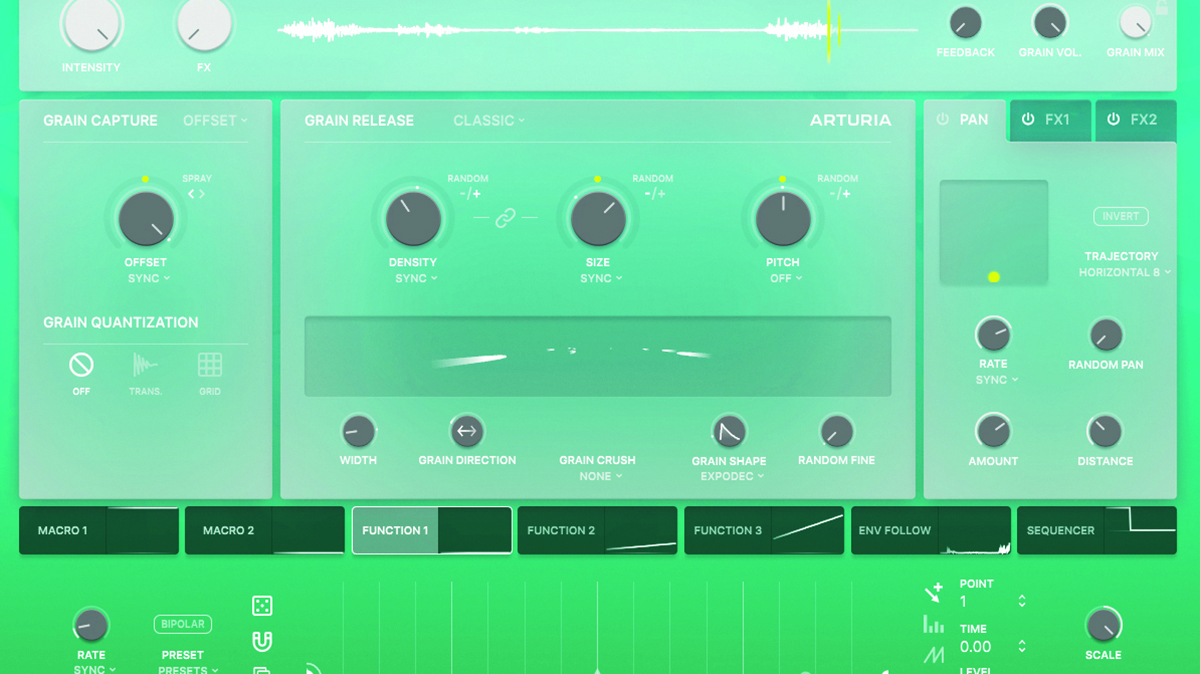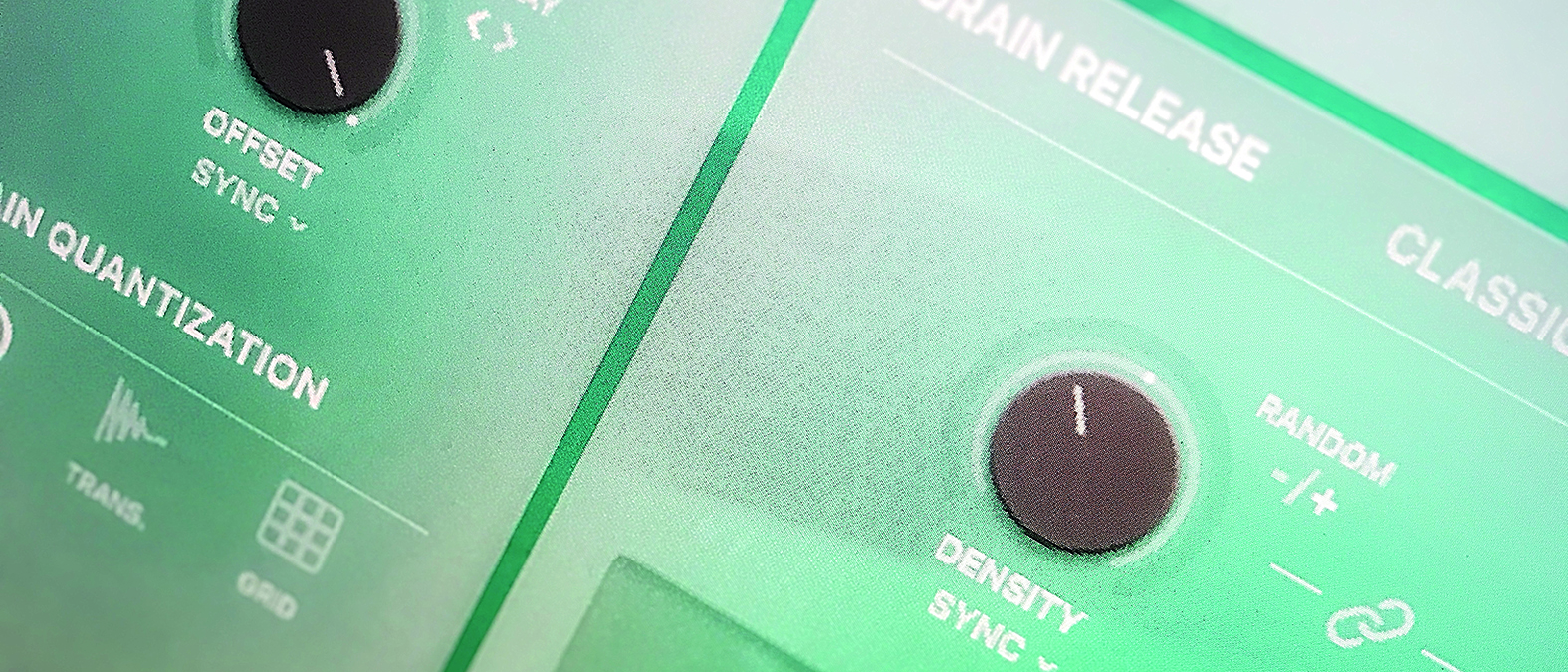MusicRadar Verdict
A powerful, user-friendly sound design tool. It’s not the only game in town, but likely to become a secret weapon for many users.
Pros
- +
Offers quick access to some radically creative effects.
- +
Can do rhythmic, ambient and lots more in between.
- +
Some powerful modulation tools.
Cons
- -
Not the first accessible granular effect we’ve tried.
MusicRadar's got your back
Arturia Efx Fragments: What is it?
Arturia only entered the plugin effects game a few years ago but the company has gone all-in since then. Efx Fragments is the 23rd plugin in the French brand’s FX Collection bundle.
Much like its V Collection synths, Arturia’s effects lean towards vintage emulations, offering recreations of classic choruses, tape delays, compressors and the like. There have been modern originals sprinkled among the classics though, and Fragments is one.
This is a granular effects processor, meaning it works by capturing incoming audio in a buffer then playing back and processing tiny sections of that audio, known as ‘grains’. It’s an inherently deep process, but Arturia’s take is pleasingly user-friendly – in line with the granular engine already found in the company’s Pigments synth.
Arturia Efx Fragments: Performance and verdict
As with other Arturia plugins, Fragments’ interface can be viewed in both Standard and Advanced modes. In Standard mode, the plugin displays the audio buffer along the top, flanked by macros and master output controls. Below are sections for controlling the Grain Capture and Grain Release. The first of these controls how the virtual playhead scans through the audio buffer, adjusting the speed at which it moves and the ‘spray’ – which randomises the position grains are collected from around the playhead position.
Grain Release then controls how the audio plays back: via Classic, Texture and Rhythmic modes. Classic is a standard take on granular synthesis, with controls for size, density and pitch of grains. Texture, meanwhile, specialises in ‘stacked’ grains, where the audio is layered to create ambient-friendly ‘grain clouds’. Rhythmic lets the user control grain playback with a mini step sequencer, for groovy, glitch-like results.

Beyond this is a three-part effects section. The first module here controls the pan distribution of grains, while the latter two are multi-effect slots offering reverbs, delays, distortion, mod effects and more. Advanced mode opens additional interface sections, giving additional depth of control over the Grain Capture and Release sections and an extensive modulation section. These modulation tools look and function much like the well-designed routing setup in Pigments. This is where users can set up macro controls, as well as route modulation from a trio of function generators, an envelope follower and another sequencer.
Fragments strikes a fine balance between depth and accessibility. There’s a lot of sound-shaping on offer, from glitchy, groove-bringing sequenced effects to uncanny glossy reverbs and wide, churning modulation. The top-level controls and a decent crop of presets make all these accessible even if you’d rather not delve into the placement of grains or the details of modulation routings.
Want all the hottest music and gear news, reviews, deals, features and more, direct to your inbox? Sign up here.
Fragments isn’t the only plugin to put a user-friendly spin on these sorts of effects – Output Portal is arguably still more powerful, albeit pricier. Much like Portal, it has the potential to become a quick-use sound design secret weapon.
MusicRadar verdict: A powerful, user-friendly sound design tool. It’s not the only game in town, but likely to become a secret weapon for many users.
Arturia Efx Fragments: The web says
"I’ve never been as impressed with granular synthesis as I have been with Efx."
Gearspace
Arturia Efx Fragments: Hands-on demos
Arturia
Nu-Trix The Synth Guy
UDi Audio
Sonic Academy
Arturia Efx Fragments: Specifications
- KEY FEATURES Granular effect plugin featuring three granular modes – Classic, Texture and Rhythmic – plus three-slot multi-effect section.
- FORMATS: VST, AAX, M1.
- CONTACT: Arturia
I'm the Managing Editor of Music Technology at MusicRadar and former Editor-in-Chief of Future Music, Computer Music and Electronic Musician. I've been messing around with music tech in various forms for over two decades. I've also spent the last 10 years forgetting how to play guitar. Find me in the chillout room at raves complaining that it's past my bedtime.
